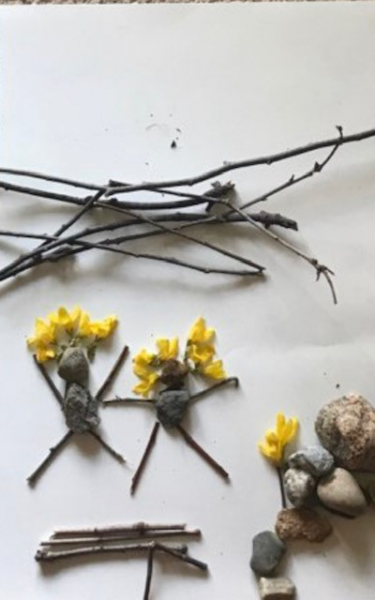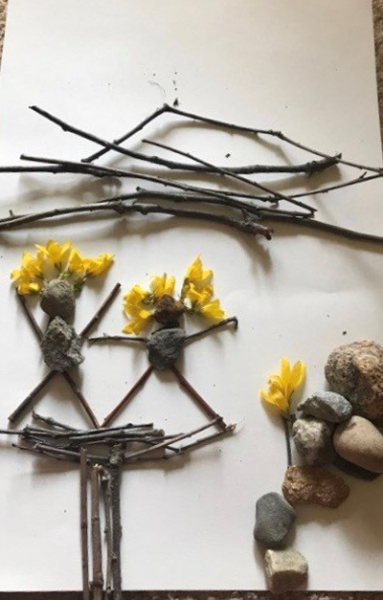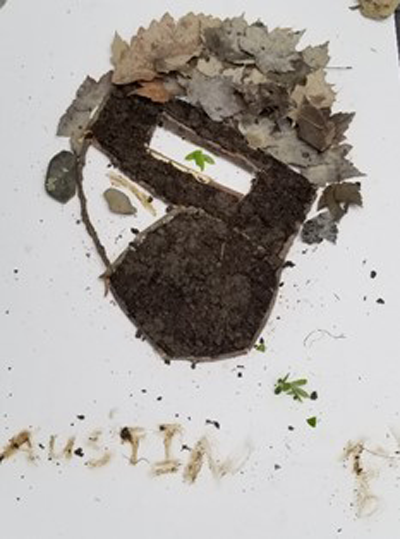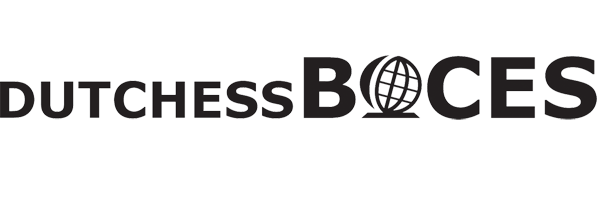![Alternative High School Art Teacher Caroline Van Wagner Looks Over A Student Submission On Her Laptop {PIC] Alternative High School Art Teacher Caroline Van Wagner Looks Over A Student Submission On Her Laptop](https://www.dcboces.org/sites/default/files/dcboces/images/alternative/Carloyn_Vanedited.png)
Caroline Van Wagner’s classroom at the Alternative High School is somewhat of an oasis.
Students, who typically call her Van, spend time there using a variety of medium to express themselves artistically. It’s a chance to use the right side of the brain. But how does that translate into remote learning?
Several assignments have been posted in her Google classroom and students have some choices. They can also take advantage of posted gallery virtual visits and art critiques that they have also done in class before.
“One of the challenges of working from home has been making certain my students have access to art supplies in order to create art work,” said Van Wagner. “Many of my students do not have these luxuries at home so even with the small sampling of art supplies I sent out, we need to be resourceful.”
While drawing paper, colored pencils, markers, poster board, and some other supplies were provided for home use, Van Wagner suggested to students they use backs of cereal boxes, recycled aluminum foil, bottle caps, plastic lids, newspaper, or any type of useable material that they would normally throw away to augment their options.
“I also decided to have the students find organic materials outside, while safely social distancing from others,” she said. “I gave them the link to a British artist name Chris Kenny who creates amazing yet very simple organic compositions. I was hoping this would inspire them to come up with their own creations.”
She suggested they look for natural objects such as branches, twigs, bark, pebbles, rocks, leaves, grass, dried flowers or fresh flowers, seeds, etc. and collect them in a bag.
“I asked them to lay out their objects, look at them and think about if any of the objects they found reminded them of something or someone? A cat's fuzzy tail, a bird, a tree, a boat, etc..” said Van Wagner
Students were then to take a sheet of white paper and create a composition using the found objects. These creations would be" temporary" or "momentary" artworks as they would not be adhered (glued) to the paper, said Van Wagner.
Then, students were to take a picture, with their cell phone, of their composition while standing above it to get a full view and then email or text the picture to her. Afterwards, they could use the materials again, subtracting or adding materials, perhaps in a different arrangement to create an appearance of movement from one composition to the next.
“I explained that they would be creating a series that would then be unified into one collective composition through the cell phone pictures,” said Van Wagner. “I'm extremely proud of the students giving it a try. I know it's thinking outside the box, out of the norm, but I appreciate that the students are having valid experiences that will give them a whole new perspective on art.”
Below: Arielle’s evolving composition and Austin B.’s favorite Anime character.



